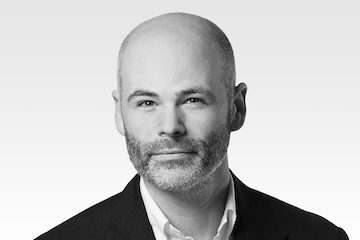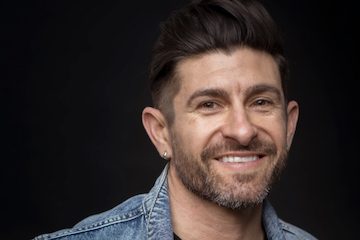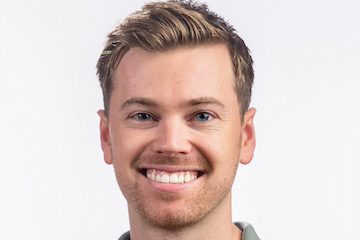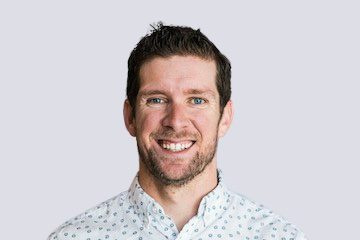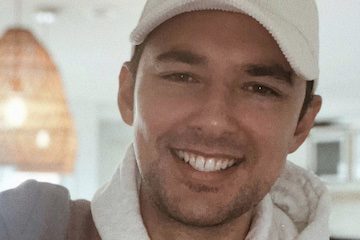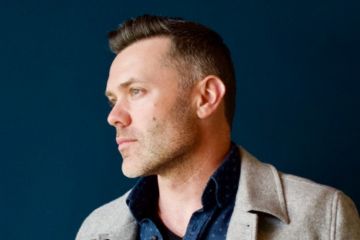Don’t Outsource Revenue, Says Hair Growth Founder
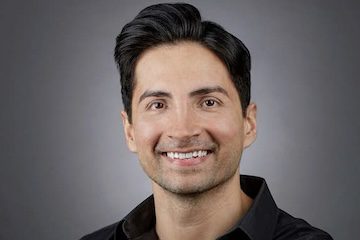
Faraz Kahn began losing his hair at age 21. Years later, when searching for startup business ideas, he focused on his own experience. The result is Fully Vital, a direct-to-consumer seller of hair loss serums and supplements that he launched in 2021.
He and I recently spoke. We addressed his launch of Fully Vital and lessons learned afterward. Relying on agencies and consultants for customer acquisition is among his biggest regrets. “Don’t outsource revenue,” he says.
The entire audio of our conversation is embedded below. The transcript is edited for clarity and length.
Eric Bandholz: Give us a rundown of what you do.
Faraz Khan: I founded an ecommerce business in 2021 called Fully Vital. We make and sell hair wellness products mainly targeted at women over 40. I’ve been losing my hair since I was 21. I tried pharmaceuticals such as finasteride for a decade.
For years, I worked as a web developer and marketer in Los Angeles. In 2019 I decided to change careers and consider opportunities in ecommerce. I focused my search on longevity and being youthful. I started a podcast and interviewed leaders in the longevity field, but I wasn’t making money. So I looked at my own hair loss for ideas.
I researched extensively. Many companies sell stuff. I wanted to offer unique products to a broad audience. I went to international conventions. I flew to Thailand for a conference of hair transplant surgeons and stem cell experts. I learned enough there to realize the key to hair growth is doing many things simultaneously.
Working with physicians and scientists, I developed a serum and supplements for hair growth and density. Then, recently, we launched products for delaying gray hairs. I enlisted my friend Dr. Sandra Kaufmann, who’s written two books on longevity. She designed the protocol for delaying and reversing gray hairs. We now have two product lines.
I was new to ecommerce and didn’t know what I was doing. I’ve made a hundred mistakes, but here we are, still improving. I’ve got friends in the longevity space who are gracious enough to have me on their podcasts. Every time I do an episode, my messaging has gotten better. We discuss the science, how we developed our solution, and our target markets.
Part of my challenge is translating that authenticity into direct response marketing and Facebook ads. Our field requires education because many women, particularly, have tried many things for hair loss. We have to be authentic.
Bandholz: You’re offering subscriptions.
Khan: Yes. We’ve worked on the subscription offer to make it enticing, which involves educating the shopper. Our products take about 90 days to see results because of the hair cycle. With education, subscriptions have increased — about 40% in the last six months. Our goal is to convert 20% of all buyers into subscriptions.
We’ve focused much of our efforts on serum versus supplements because the margins are better. We need good margins to make advertising profitable.
Bandholz: What would you do differently if you could start over?
Khan: My biggest mistake was not focusing on Facebook ads, the cash cow for most direct-to-consumer businesses. I didn’t know Facebook and thought I wasn’t good enough. I’m not creative. I relied on agencies and consultants—with no results for those efforts. Our cost per acquisition exceeded $200, meaning negative margins. Then I went to Affiliate Summit West in Las Vegas and met people profitably spending $10,000 per day on Facebook ads.
That led me to change my outlook. I got into Facebook, owned it, and began editing some of our ads. I learned when to change creative, how many hooks we need, and hurdles in the conversion path. I had to get in the weeds.
I’ve learned our strengths and differences from other sellers. Our messaging has improved. Facebook’s algorithm changes required us to double down on our messaging at every consumer touch point.
We tried TikTok Shop, but nothing moves the needle like Facebook. Now I spend most of my time there. Last fall, I retained an incredible creative strategist. She encouraged me to spend more on Facebook. It’s made a big difference for me to be involved in the details.
Don’t outsource revenue. That’s my advice to entrepreneurs.
Bandholz: Where can people buy your products?
Khan: Our website is FullyVital.com. I’m @FarazKhan1000 on X and @antiaginghacks on Instagram.

